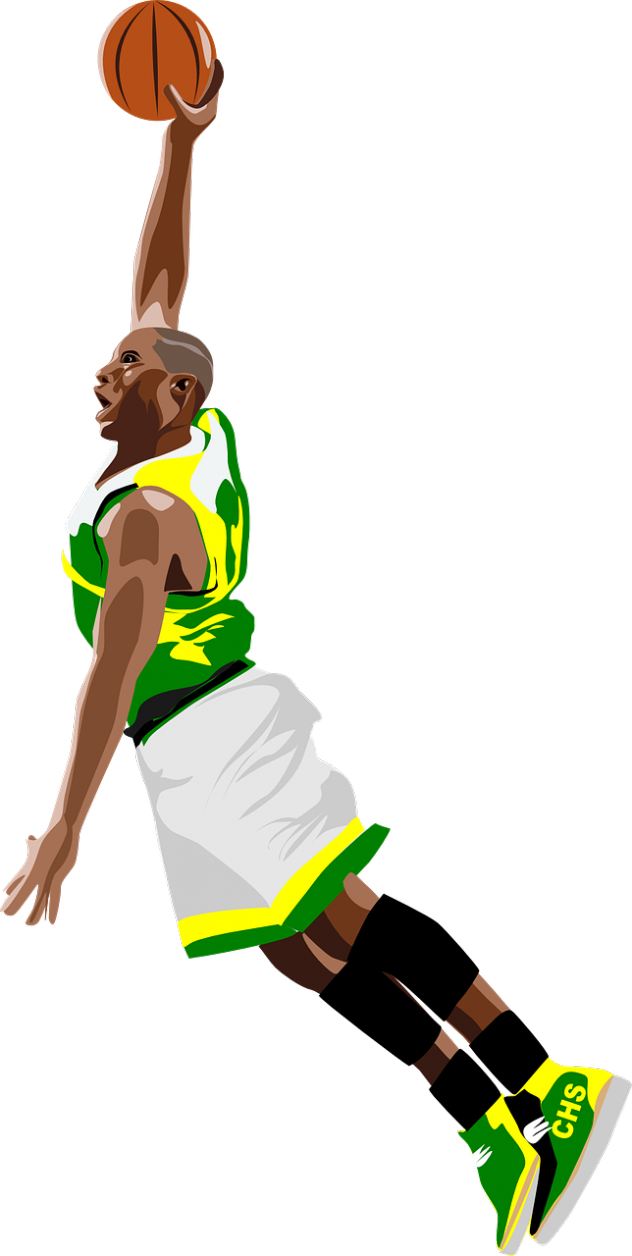 Books like the Guinness Book of World Records or Ripley’s Believe it or Not don’t stay on the shelf for long. Young people are often fascinated (obsessed) with the limits of experience and the extremes of reality, and these books reveal all the record-breaking aspects of the world.
Books like the Guinness Book of World Records or Ripley’s Believe it or Not don’t stay on the shelf for long. Young people are often fascinated (obsessed) with the limits of experience and the extremes of reality, and these books reveal all the record-breaking aspects of the world.
I recall leafing through our own home copy at about age 9 or 10, just consumed by the images of the curling, caramel-coloured finger nails of that record-holder or the unsettling size of the world’s largest human, pig, or pumpkin pie.
Just how TALL is this tower??
We don’t completely lose that interest in extreme features of reality—think about the headlines that most engage you now. Often they reveal something that falls outside the normal—far outside. We love the “superlative” tense in life—the fastest, slowest, most and least of all kinds. The most expensive houses. The smallest technologies etc. We are curious about things that are foreign to us, that seem odd, exotic, bizarre and—for many young people—just plain gross.
If you’ve been following imaginED’s Tools of Imagination Series you’ll know that the pedagogy called Imaginative Education offers teachers a set of tools that they can use all the time in teaching to engage students’ emotions with course content. When we employ this “cognitive tool”—what we call “the extremes of experience and limits of reality”–we don’t ignore students’ fascination with the extremes in the world but, instead, look at what we are teaching and reveal what is most extreme about them. There are “mosts” and “leasts” to be had in every subject area.
What’s going on?
 Time spent acknowledging these super aspects of knowledge is not time wasted; rather it helps to “book end” the reality of the topic. This is where the pedagogical importance of this particular feature of the imagination lies. Kieran Egan explains that when we become literate we suddenly realize the world is infinitely vast and we are fairly insignificant. Students seek to figure out the extremes of the vast world of which they are part. We can provide those “limits” by revealing extremes and encouraging students to inquire into these on their own. Seeking the extremes–revelling in the exotic–is all part of a process of making sense of reality.
Time spent acknowledging these super aspects of knowledge is not time wasted; rather it helps to “book end” the reality of the topic. This is where the pedagogical importance of this particular feature of the imagination lies. Kieran Egan explains that when we become literate we suddenly realize the world is infinitely vast and we are fairly insignificant. Students seek to figure out the extremes of the vast world of which they are part. We can provide those “limits” by revealing extremes and encouraging students to inquire into these on their own. Seeking the extremes–revelling in the exotic–is all part of a process of making sense of reality.
Learn more about this cognitive tool in this short YouTube video from the IERG:
Two Teaching Examples
#1 Extreme Environments
Imaginative educator Chantal Megrian has kindly allowed me to share this excerpt from an Imaginative Education unit she developed on environments–extreme environments. What I like about this set of extreme facts on Volcanoes is how each is tied to an activity, prompt or question for student inquiry. (Source for this activity: Learning in Depth website.) Download it here:
 Loading...
Loading...
#2 Basketball
And now for something completely different. Can PE teachers employ cognitive tools? Answer: Yes. Always. So here’s an excerpt* from a unit I develop for engaging cognitive tools in teaching Basketball–for those students who aren’t engaged by the game itself, use of these tools can tap into their imaginative lives too.
What is most exotic, bizarre or strange about the topic?
Besides the fact that the original list of rules just sold for mega millions…imaginative PE teachers might mention things like highest scoring games (Pistons-Nuggets matchup on December 13, 1983, when the two teams played the highest-scoring game in NBA history. – 186 to 184 (370 total points). They might discuss features/skills of the best players of all time—is it Michael Jordan or Lebron James–who decides? (I asked my basketball-obsessed husband, Jayson, about that one–feel free to disagree!). Imaginative PE teachers discuss the craziest shots. They question: Just how fast is the fastest player? (men and women) What player has the best shooting record? (man or woman) Who are the youngest/oldest professional players? etc.
(*Leave a comment for me below if you’d like to see the full cognitive tools shaped unit for Basketball.)
Take This Home: Tip #14
Bring out the extremes and limits of all the topics you are teaching. This isn’t wasting your time or trivializing the topic. It employs one of humankind’s powerful learning tools.
NEW to imaginED?
Subscribe here so you don’t miss out. And catch up on previous TIPS FOR IMAGINATIVE EDUCATORS.





I would love a copy of your full cognitive tools Basketball unit! I love this post, so many great ideas to engage kiddos!